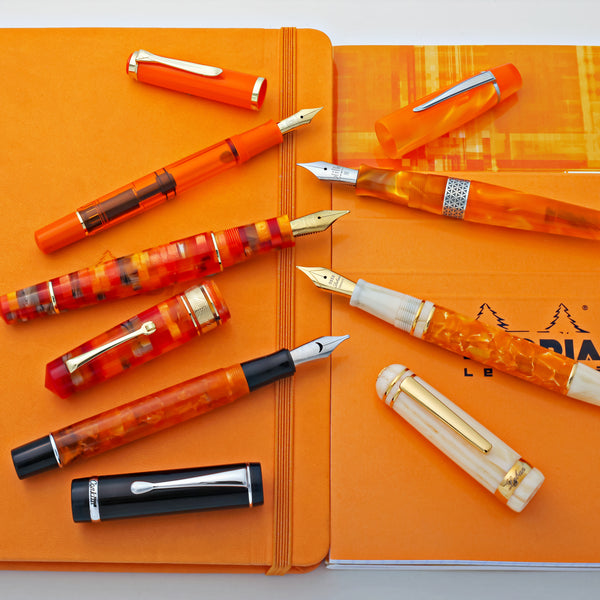If you thought writing with a fountain pen is a game-changer for your handwriting, you're about to see what a stub nib can do to elevate it to the next level.
The name of the game is line variation. Most standard fountain pen nibs (extra-fine, fine, medium, broad) have a round writing nib and produce a monoline - a line that maintains a consistent thickness no matter the angle or the pressure put on the nib. A nib produces line variation when it is capable of thicker and thinner strokes, adding a calligraphic flair to your handwriting. Top rated fountain pens with Stub and flex nibs are capable of producing line variation. Today, we're going to focus on what stub nib fountain pens have to offer the writer.



